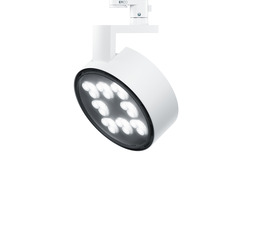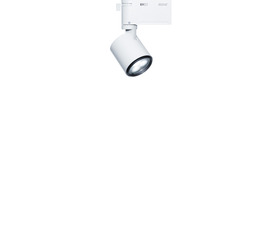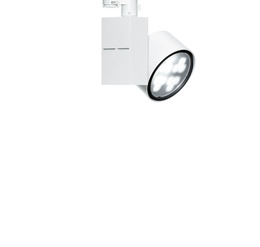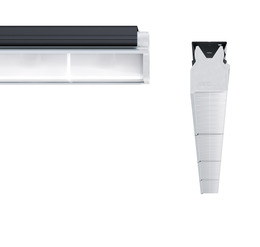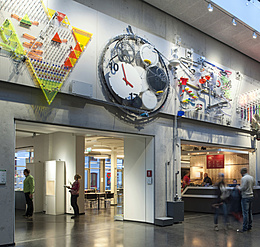With exhibition space of around 26,000 square metres, the German Museum of Technology (Deutsches Technikmuseum) in Berlin is one of the largest museums of its type in Germany. ERCO recently upgraded the lighting to LED technology. The relighting project demonstrates how improvements in efficiency and the optimisation of light go hand-in-hand.
With around 600,000 visitors annually, the German Museum of Technology located in the Berlin district of Kreuzberg is a genuine crowd-puller in the German capital city's multifaceted museum landscape. The cultural institution makes use of a diverse range of buildings consisting of both old and new constructions on the site of the former Anhalt freight and postal railway depot. The permanent and special exhibitions cover a wide spectrum of topics: as well as aviation, shipping, rail and road transport that count as some of the main attractions of the museum, visitors can also learn about textile technology, telecommunications, film technology, chemicals, pharmaceuticals, engineering constructions and brewing.












